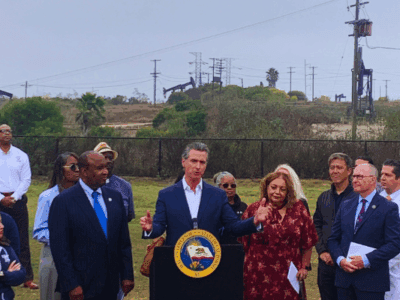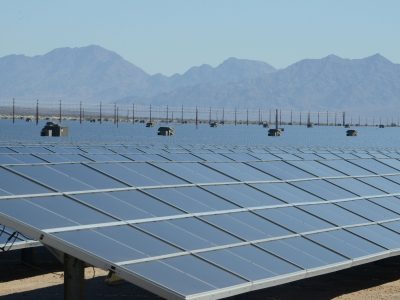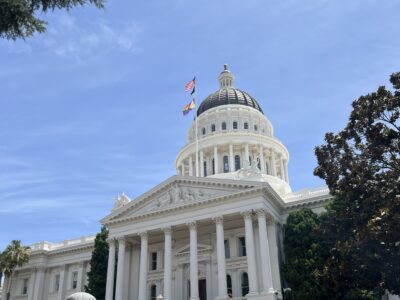Guest Blogger Ken Alex: Big Data and the Renewable Revolution
Ken Alex is a Senior Advisor to Governor Jerry Brown and the Director of the Governor’s Office of Planning and Research. The views expressed in this blog post are his own.
Earlier this year, UCLA’s Center for Sustainable Communities launched an interactive energy map for energy use in most of Los Angeles. It was a long time in coming. The LA Department of Water and Power provided UCLA with substantial amounts of data about energy use, which UCLA then combined with other information about building size, age, and location to create the map. UCLA continues to add data to the mapping effort, and LADWP will be providing water usage data as well. This effort is hugely important to understanding how we can increase energy efficiency, both by end users and by utilities.
Unfortunately, unlike LADWP, the investor-owned utilities (PG&E, SCE and SDG&E) have resisted providing energy data to regulators and the public, and that is why UCLA’s interactive map covers only part of Los Angeles – (SCE serves a portion of the territory). The utilities have legitimate concerns around protecting customer privacy, but the UCLA/LADWP effort shows that those concerns can be fully addressed.
A PUC proceeding, R.08-12-009,is evaluating mechanisms for the utilities to provide data to the public while protecting privacy. As a result, we may be at the beginning of a breakthrough that will allow better decision-making by customers, regulators, and utility companies themselves by creating mechanisms for substantial public and agency access to data while protecting the privacy of individual customers. UCLA, and their colleagues at UC Davis, have devised data security techniques, such as data aggregation, to address privacy issues. Information technology experts are exploring other techniques, including careful anonymization of data sets and the selective introduction of noise in the data.
Cities are already using data to allow better use of limited resources and thereby provide better services to their citizens. By taking the simple step of examining data on municipal streetlight use, for example, cities can both identify neighborhoods with inadequate lighting, and explore the cost-effectiveness of more efficient lighting options such as LED replacement or bi-level lighting. This simple action can result in millions of dollars of savings
Google and others have created a data revolution but, so far, energy data has been left out. Right now, we do not have answers to some very basic questions. What neighborhoods use the most energy? Which industries? What are the load shapes for usage in downtown Los Angeles? Where are the distribution line bottlenecks? At what times? What rate structures would impact behavior? How effective are energy efficiency programs at reducing consumption? California utilities have the data to answer these questions. It is time that regulator and the public – with safeguards for privacy – have access to that data. It is an essential piece to addressing the climate change puzzle as we transition to a carbon free energy system.







Reader Comments